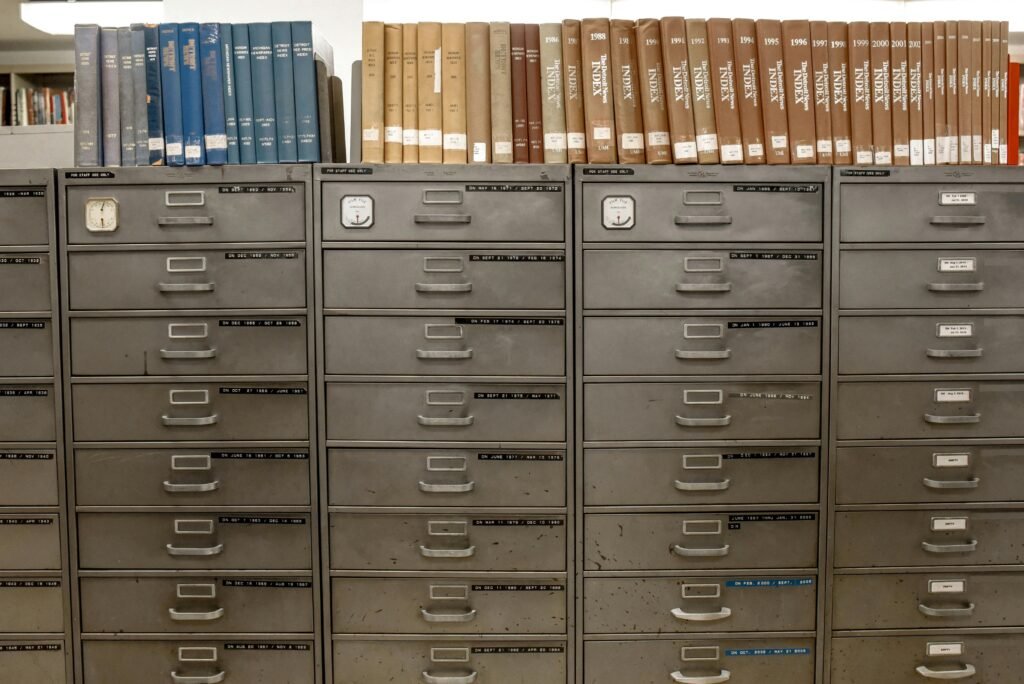Did you know that over 90% of the world’s data today is unstructured, and most companies are struggling to store and manage it efficiently? Spoiler alert: tape drives might be your unexpected hero in this battle. While cloud storage hogs the limelight, tape drive archiving quietly outperforms its modern counterparts when it comes to cost-efficiency and reliability for long-term data preservation.
Table of Contents
- Key Takeaways
- Why Data Archiving Matters
- How Tape Drive Archiving Works
- Best Practices for Successful Implementation
- Case Studies in Tape Drive Archiving
- FAQ About Tape Drive Archiving
Key Takeaways
- Tape drive archiving remains one of the most durable and cost-effective methods for storing long-term data.
- Unlike cloud or hard disk solutions, tape offers higher energy efficiency and lower risk of data corruption.
- It’s especially ideal for industries dealing with large volumes of sensitive or compliance-bound information.
Why Data Archiving Matters

Let’s talk about a real-life disaster scenario: Imagine losing years of customer records due to improper backup measures. I once worked with a company that relied solely on USB drives scattered across desks—can’t make this stuff up. When someone accidentally spilled coffee on their “digital treasure chest,” well… RIP legacy files. Don’t let this happen to you!
“Optimist You:” *”Modern solutions like SSDs and cloud platforms have got this covered!”*
“Grumpy You:” *”…Until they don’t.”*
While flashy tech may seem invincible, traditional tools like tape drives continue proving invaluable thanks to their resilience against physical damage, cyberattacks, and obsolescence.
How Tape Drive Archiving Works
Tape drive systems operate by writing data onto magnetic tapes housed inside cartridges. These devices boast impressive capacities (up to 30TB per cartridge) and are surprisingly simple to integrate into existing IT infrastructures.

The process works as follows:
- Data from servers is written onto tapes using specialized hardware.
- Cartridges are stored offline in climate-controlled environments, protecting them from electromagnetic interference and hacking risks.
- To retrieve archived content, operators simply load selected cartridges back into compatible machines.
Sounds almost too basic compared to sleek cloud dashboards, right? But remember—the simpler something is, the less likely it’ll break down.
Best Practices for Successful Implementation
If you decide tape drive archiving belongs in your arsenal, here are actionable steps to nail deployment:
- Prioritize Planning: Audit which datasets require archiving versus active management. Not everything should live forever!
- Invest in Quality Hardware: Stick with reputable brands like IBM, HP, or Quantum. Quality matters.
- Maintain Regular Backups: Automate periodic transfers to minimize human error.
- Avoid This Terrible Tip: Never skimp on labeling tapes properly. There’s nothing worse than sifting through unlabeled archives during crises.(Brutal honesty warning)
Speaking of rant-worthy moments—seriously folks, no more sticky notes holding your cybersecurity together. That mess gives us all hives.
Case Studies in Tape Drive Archiving
Companies worldwide trust tape drive technology for safeguarding critical assets:
- NASA: Their Jet Propulsion Laboratory uses tape libraries to archive petabytes of mission-critical space exploration data safely (Source: NASA Official Website).
- CERN: Home to the Large Hadron Collider experiments, CERN employs robust tape-based backups ensuring particle physics research survives decades (Source: CERN Public Information).

FAQ About Tape Drive Archiving
Is tape drive archiving still relevant?
Hell yeah! For organizations prioritizing security, stability, and long-term costs, tapes reign supreme despite shiny alternatives.
Does tape degrade faster than other media?
Nope. With proper handling, tapes last 30+ years—far exceeding average retention expectations.
Are there downsides?
The only downside? Access times aren’t instantaneous. However, archives rarely demand immediate retrieval anyway.
Conclusion
In summary, tape drive archiving proves itself not just viable but essential within today’s ever-expanding digital landscape. By leveraging its strengths—cost savings, durability, simplicity—you set yourself up for sustainable success.
Tapes spin slow,
Secrets safe below.” —Your Friendly Neighborhood IT Poet


